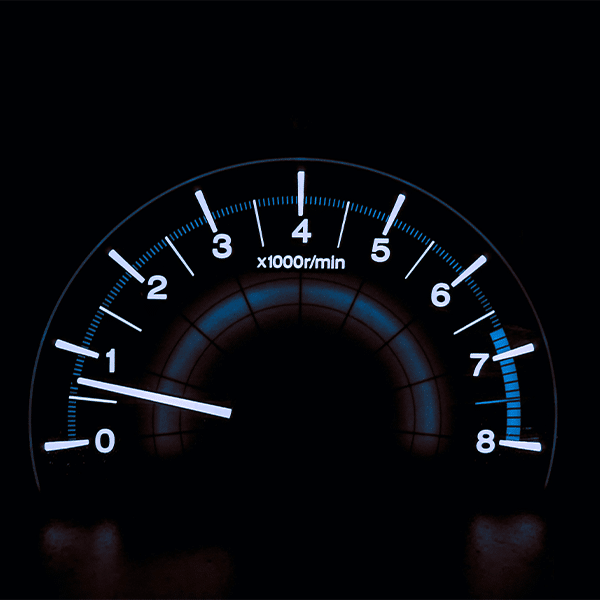 The Verizon 5G Home fixed wireless offering launched in four markets October 1 is delivering speeds higher than customers were promised, said Verizon CFO Matthew Ellis at a financial conference today.
The Verizon 5G Home fixed wireless offering launched in four markets October 1 is delivering speeds higher than customers were promised, said Verizon CFO Matthew Ellis at a financial conference today.
“The product works exactly as expected,” said Ellis in a transcript from the conference published by Seeking Alpha. “And in some cases – a lot of cases – at speeds higher than the minimums that we promised in the commercial offerings.”
When Verizon 5G Home was announced, the company said the offering would support typical network speeds around 300 Mbps and up to 1 Gbps peak speed. The service sells for $50 monthly with a qualifying Verizon Wireless service or $70 a month for non-Verizon Wireless users.
Verizon 5G Home
Verizon has said that it sees a potential market of 30 million homes for Verizon 5G Home, and although some industry observers see that as overly optimistic, Ellis said “we certainly still see line of sight to getting to 30 million households in the U.S. with that product over the next few years.”
Importantly, Verizon expects to offer Verizon 5G Home outside its traditional local service territory.
Ellis said Verizon launched the service initially in only four markets because the equipment the company will use initially to support the offering is not based on standards. The company made the decision to launch with non-standard equipment in order to get to market quickly.
“We want to transition to the global standard as soon as equipment is available,” he said.
In 2019, he said, “you’ll see more activity… than this year” involving Verizon 5G Home. A big piece of deployment plans is “getting the fiber in the ground in a number of cities to hook up the 5G network.”
The fiber deployment is particularly important considering that Verizon is deploying 5G in the 28 GHz band – a strategy that will help maximize bandwidth but over relatively short distances, requiring extensive backhaul infrastructure. As equipment becomes available, Verizon’s 5G network will support both fixed and mobile service, and backhaul costs will be shared across both services, thereby enhancing the business case for both offerings, Ellis noted.
“You should assume we’ll start in a city in the central area, and once we get enough scale in that city, we’ll launch the network in that city and then the build moves out within that city limit into suburban areas and so on,” he explained. “And as we do, we’ll just add homes toward the 30 million number.”
Ellis offered some commentary about Verizon’s decision to offer a YouTube over-the-top video service to 5G Home customers. He noted that when Verizon launched FiOS fiber broadband service, the decision was made to curate a traditional pay-TV offering to be delivered over the same platform. But as content costs have outpaced what Verizon can charge for video service, the company has moved away from that model.
With Verizon 5G Home, he said, “we felt the right approach . . . was to say ‘there are some viable OTT offerings – and if you’ve got a great broadband experience, which is what our 5G Home product is, OTT is the right way to deliver the content that the customer wants to have.’”
Ellis made his comments at the Morgan Stanley European Technology, Media & Telecom Conference in Barcelona. The transcript is available at this link.
